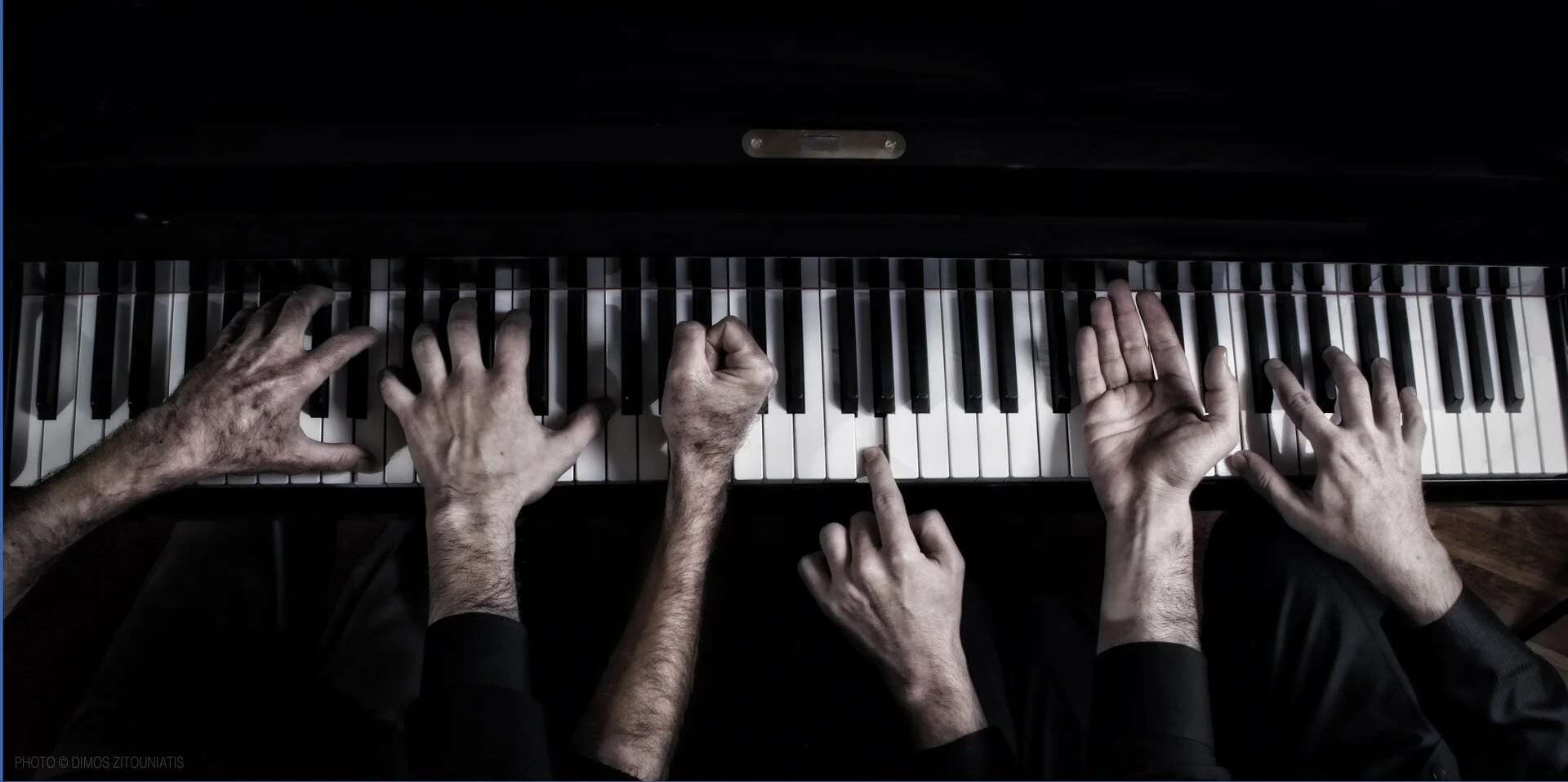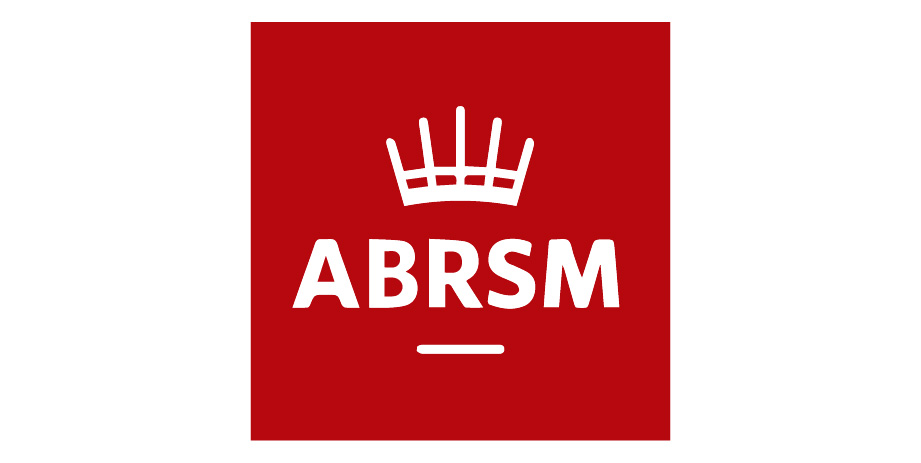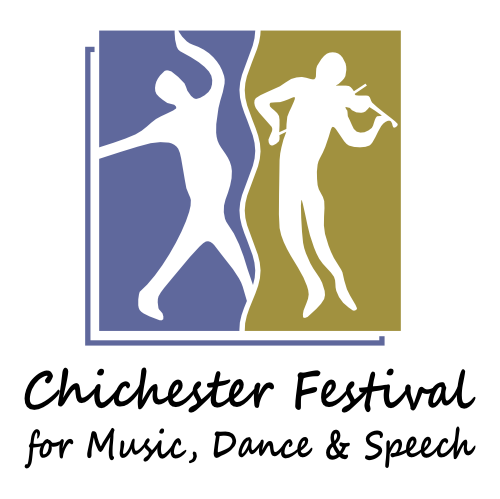When was the last time you got a tune stuck in your head? How much of it can you recall before it goes foggy? In how much detail can you render a performance in your head? Can you imagine yourself playing it as you hear it? If you can picture yourself playing a piece as you hear it then you are practising it in an entirely different fashion, known as “visualising.”
Pulse
Fingering at the Piano
The fingers we choose to play our music with is one of the defining characteristics amongst pianists. Whilst some performers may hate putting their thumb on a black key because of the reduced contact, others may like the enhanced possibilities it opens up for the succeeding notes. Whilst some will spread their hand out to use as many fingers as possible for an arpeggio, others will consecutively use their 1st and 2nd fingers. Whilst some play octaves with fingers 1 and 5, others may also include 3 and 4 to create a legato effect. While some may repeat a note with the same finger, others may interchange the fingers used.
Keyboard Geography
Reading Music: Note Recognition
The first and foremost component of reading music is being able to identify notes on a score. Most piano students will be taught how to identify notes on a score in their first few lessons and will use what they learn for the rest of their performing lives. Below are what I have found to be some of the most effective ways of helping people learn this fundamental skill.
Practising, with Stickers!
Posture at the Piano
Every student should have a basic awareness of what a pianist with good posture should look and play like. Read on to learn how to position your hands, arms, shoulders, legs feet and spine at the piano. The overall posture should tend more towards relaxation than rigidity, so be warned: what follows may not be what you expect to read!
Piano Buyers Guide: How to Avoid Buying a Piece of Junk
When it comes to buying a piano, there are an overwhelming number of options, from electronic keyboards to concert grands. Just like buying a car or a house it is important to make sure that what you are purchasing is completely right for you, or else risk wasting a lot of money on something which is unsuitable.
















